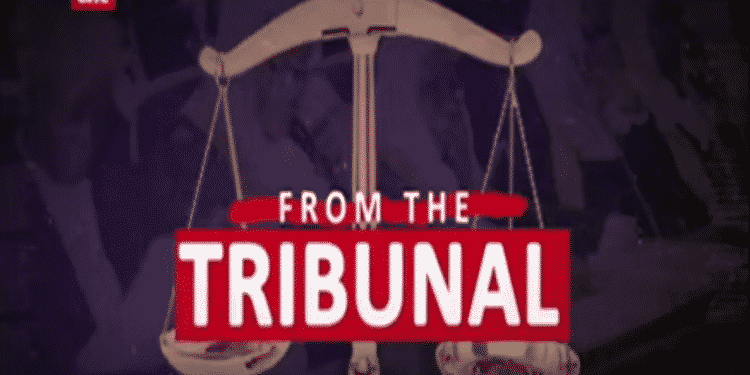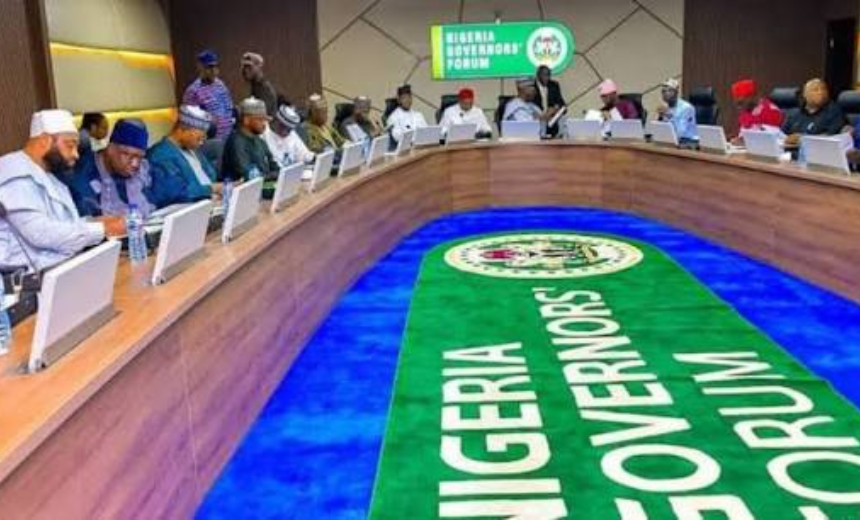Several state governments are still ramping up their debts, whether local or foreign. These are the findings of the 10th annual analysis of Nigeria’s 36 states by the leading civic tech organisation, BudgIT.
BudgIT’s analysis shows that the total subnational debt grew by six point eight percent from nine point eight nine trillion Naira in 2023, to ten point five seven trillion Naira in 2024, despite increased allocations from the federal purse.
Themed ‘A Decade of Sub-National Fiscal Analysis: Growth, Decline and Middling Performance,’ the 10th edition of the BudgIT report evaluates the fiscal sustainability of 35 states, ranking them from strongest to weakest based on revenue generation, expenditure efficiency, debt management, and investments in education and health.
The report reveals that 28 states relied on federal allocations (FAAC) for over 55% of their total revenue, and 21 states relied on it for more than 70 percent, underscoring Nigeria’s enduring fiscal centralisation challenge.
Between 2022 and 2024, total subnational recurrent revenue more than doubled from N6.6 trillion to N14.4 trillion, driven largely by record FAAC inflows.
Nigeria’s subnational debt increased by 6.8% from N9.89 trillion in 2023 to N10.57 trillion in 2024, according to BudgIT’s report.
Its analysis shows that total subnational debt grew modestly by 6.8%, from N9.89 trillion in 2023 to N10.57 trillion in 2024—down from the 36 percent increase recorded the previous year.
However, internally generated revenue or IGR growth continues to lag. While Lagos averaged N541.35 billion in IGR between 2015 and 2024, the combined average of Adamawa, Gombe, Taraba, Kebbi, and Yobe barely reached N41 billion, highlighting Nigeria’s deep fiscal inequality.
It wasn’t all doom and gloom though, 31 states reduced their domestic debt by at least N10 billion, led by Lagos, Cross River, and Delta, which each slashed over N100 billion.
Foreign debt also declined by over $200 million, with Lagos, Enugu, and Gombe recording the largest reductions. But, Lagos remains the most indebted state externally, with billion, accounting for more than a quarter of Nigeria’s total subnational foreign debt.
So what is the breakdown? Who is doing well and who is lagging behind?
Nigeria’s top five debtor states—Lagos, Kaduna, Edo, Ogun, and Bauchi—together account for just over 50 percent of all sub-national debt.
In a notable shake-up of the fiscal rankings, Anambra State emerged as Nigeria’s most lfiscally sustainable state in 2025, rising from second position in 2024.
It is followed by Lagos, Kwara, Abia, and Edo, completing this year’s top five.
Rivers State, a consistent top performer in past editions, is missing from the 2025 report after the declaration of a state of emergency earlier in the year made its fiscal data inaccessible.
Other notable movements include Akwa Ibom, which surged 17 places from 27th to 10th, and Zamfara, which jumped nine places from 26th to 17th.
Conversely, Cross River experienced the steepest fall—from 5th in 2024 to 30th in 2025. At the bottom of the table, Imo, Kogi, Jigawa, Benue, and Yobe remain the weakest performers.
BudgIT’s data show that only Lagos and Enugu generated enough internally to cover their operating expenses without reliance on federal allocations—Enugu achieving an impressive 146.68 percent IGR-to-operating expense ratio, while Lagos followed with 120.87 percent.
Despite some improvements, fiscal independence remains elusive for most states. Only five states—Abia, Anambra, Kwara, Ogun, and Edo—generated at least half of their recurrent expenditure internally. In contrast, 14 states now require more than five times their IGR to fund operations, more than double last year’s figure of six.
States such as Oyo, Delta, Niger, Ekiti, Gombe, and Anambra recorded over 600 percent FAAC growth in the last decade.
(Editor: Anoyoyo Ogiagboviogie)








